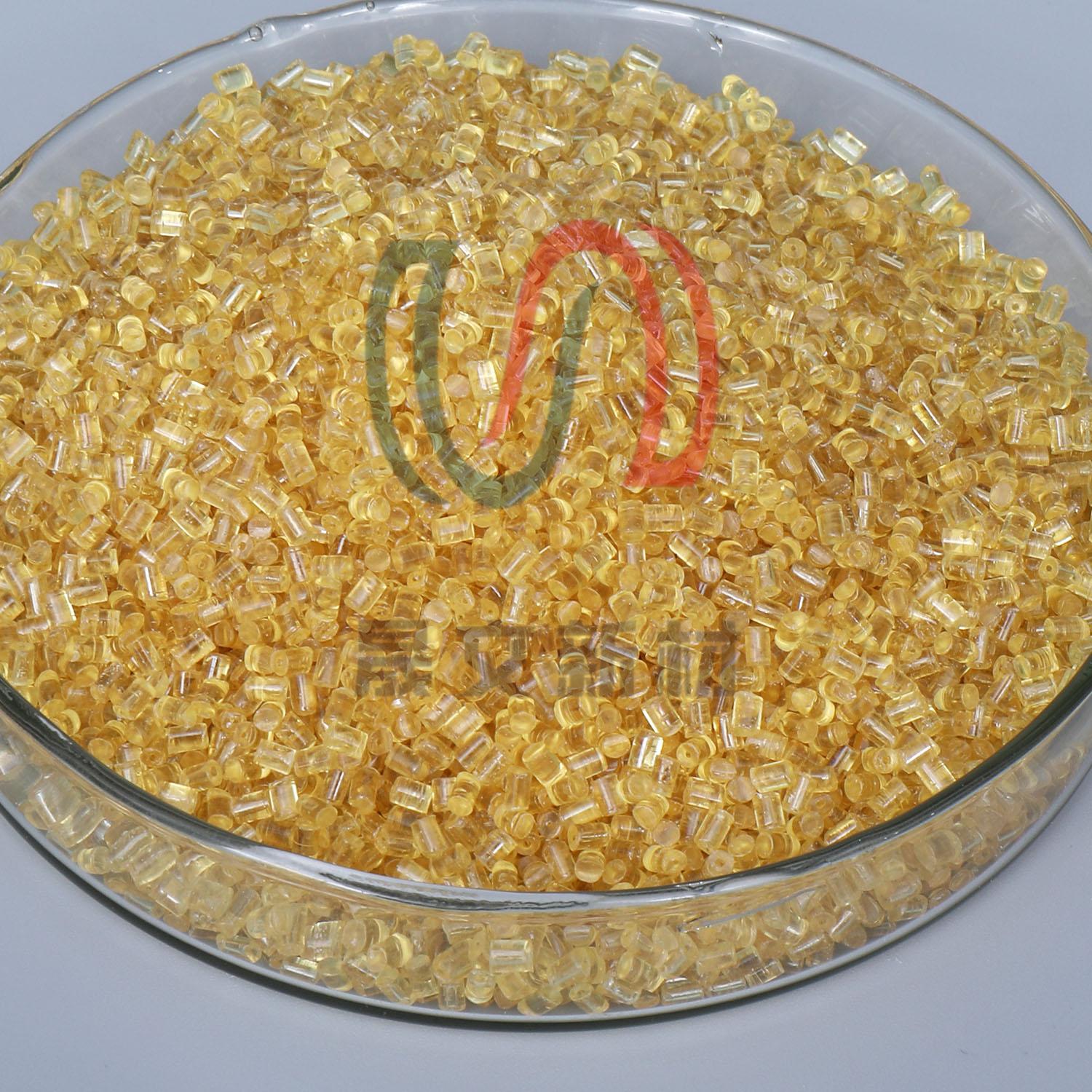In the field of energy storage, capacitors play a critical role due to their high energy density, fast charge-discharge rates, and excellent stability under extreme conditions. These characteristics make them essential components in modern energy systems, aligning with the growing demand for efficient and reliable energy utilization.

Energy storage capacitors are widely used in various applications, from renewable energy systems to electric vehicles and power electronics. Their ability to withstand high temperatures and voltages makes them indispensable in extreme environments. Among the different types of capacitors, thin-film capacitors are particularly noteworthy due to their advanced dielectric materials, which directly influence their energy storage capabilities.
Thin-film capacitors are typically made using plastic dielectric films, including:
While these materials have been widely used in traditional organic film capacitors, they often suffer from low dielectric constants, limiting their overall energy storage density. Polyvinylidene fluoride (PVDF) films, though possessing a higher dielectric constant, exhibit significant dielectric loss, reducing their efficiency. In contrast, inorganic materials like ferroelectric ceramics offer high dielectric constants but suffer from brittleness, high processing temperatures, and incompatibility with modern integrated circuit manufacturing.
Polyetherimide (PEI) has emerged as a promising dielectric material for high-performance energy storage capacitors. It boasts excellent electrical properties, including:
One of the most significant advantages of PEI is its stability under varying temperatures and frequencies. Unlike many other materials, PEI maintains consistent performance across different environmental conditions, making it ideal for high-reliability applications.
Despite its outstanding properties, traditional PEI films produced via solvent casting tend to have lower mechanical strength. A more effective approach involves melt extrusion, which enhances film strength but presents challenges such as high viscosity and poor flowability. These factors can lead to surface irregularities, affecting the breakdown voltage and overall energy storage efficiency of the film.
To address these challenges, researchers have explored modifications to PEI films. One of the most effective solutions involves incorporating SiO₂ nanoparticles into the PEI matrix. This approach offers several advantages:
With the increasing commercialization of clean energy sources such as wind, solar, and tidal power, the demand for lightweight, flexible, and high-efficiency capacitors is growing rapidly. Energy storage capacitors are expected to see significant growth in applications such as renewable energy storage systems and electric vehicles .
As the world's largest producer of thin-film capacitors, China accounts for over 60% of global production. Continuous advancements in high-performance dielectric materials like PEI will further strengthen the industry’s position and drive innovations in energy storage technology.

Polyetherimide (PEI) films offer an optimal combination of mechanical strength, high breakdown voltage, and low dielectric loss, making them a preferred material for next-generation energy storage capacitors. With the integration of nanotechnology, their performance continues to improve, supporting the evolving needs of renewable energy and electric mobility.
At Shengwen, we are committed to advancing dielectric material technology to enable more efficient and sustainable energy solutions. Contact us today to learn more about our cutting-edge capacitor materials and how they can enhance your energy storage applications.
By continuing to use the site you agree to our privacy policy Terms and Conditions.